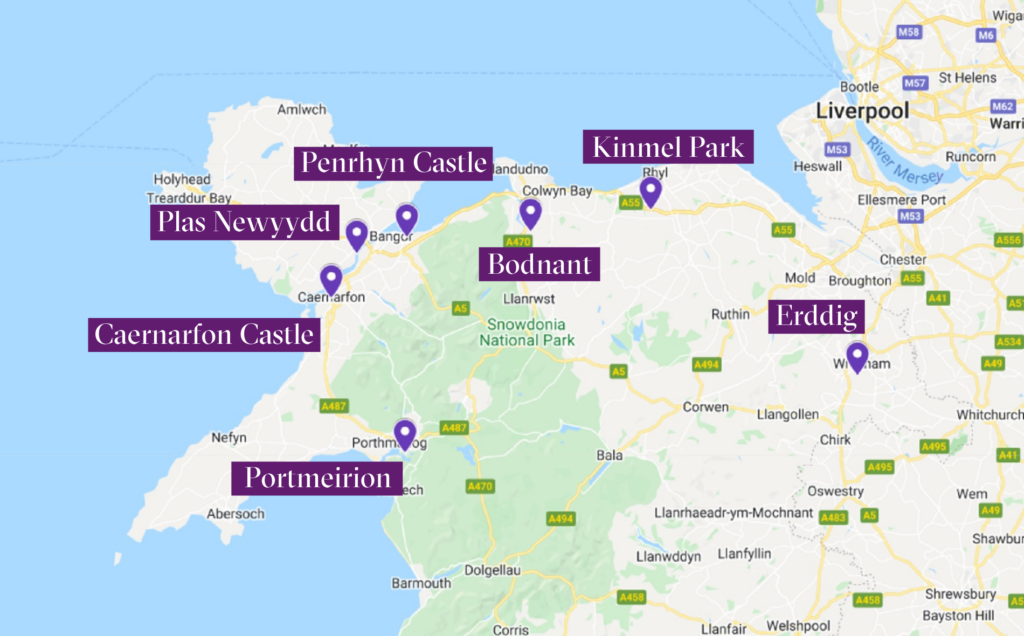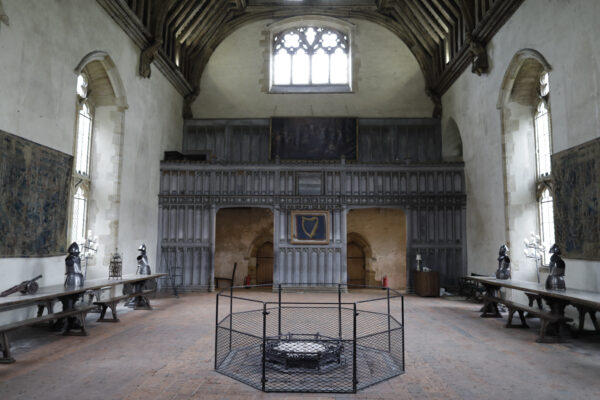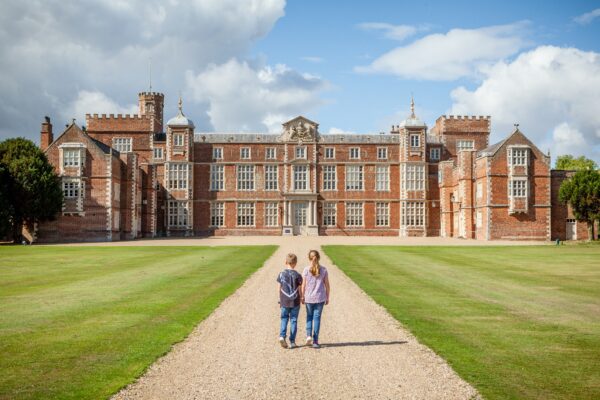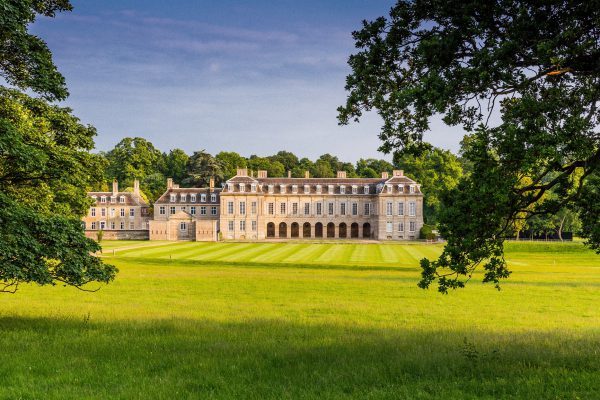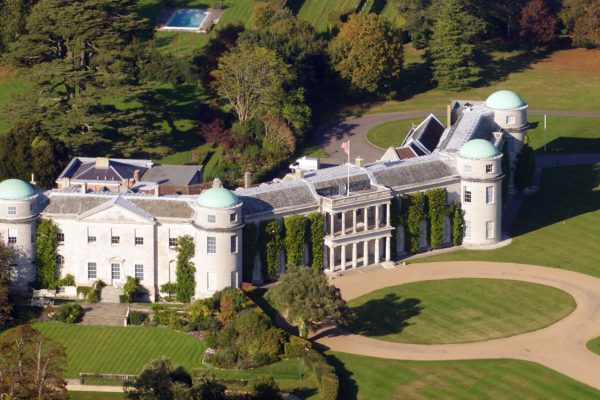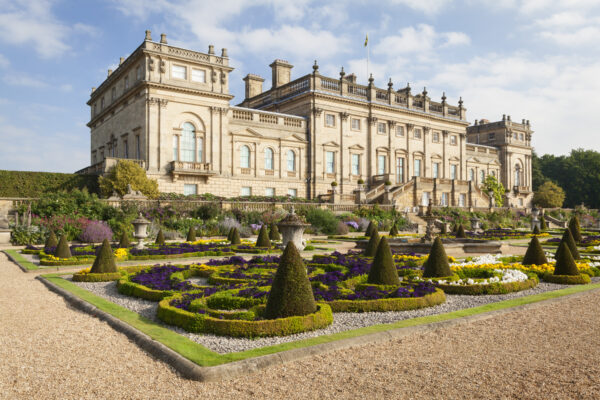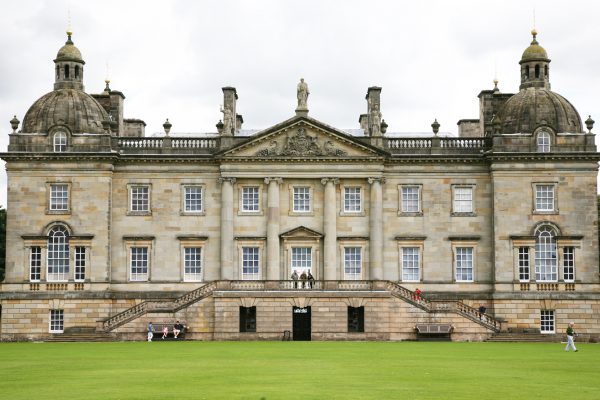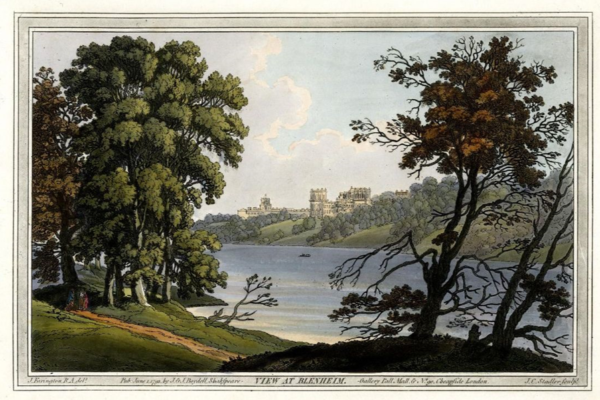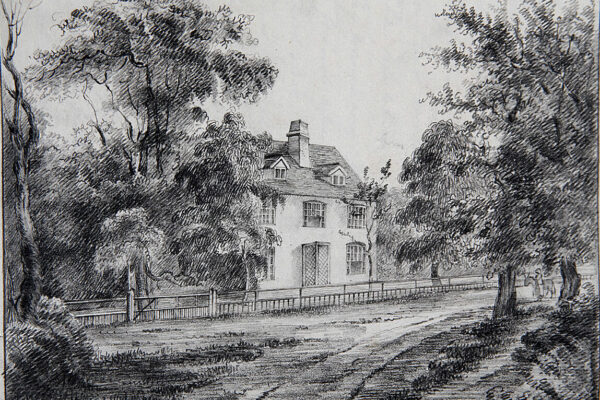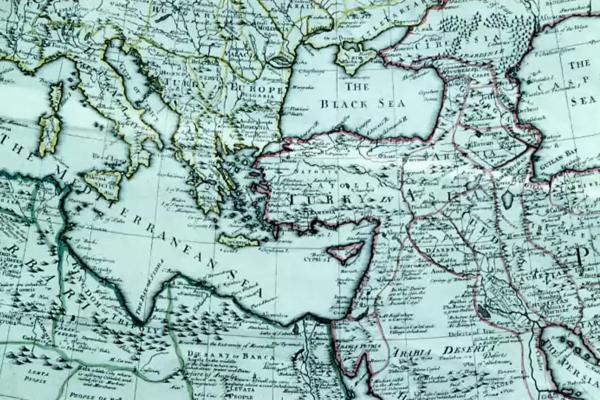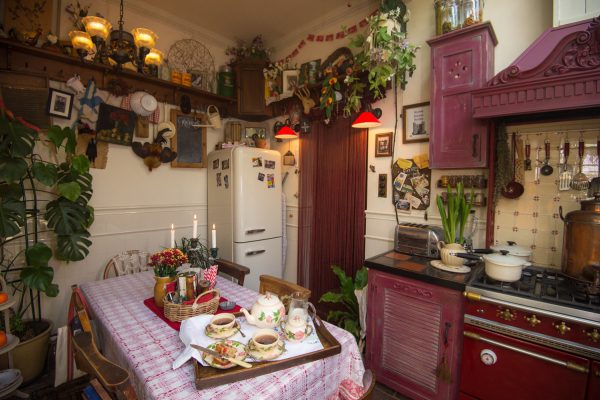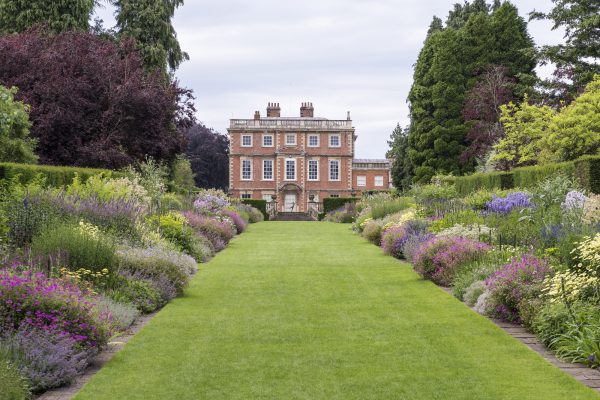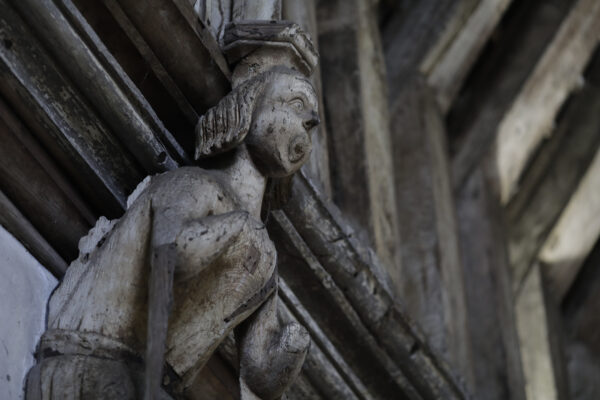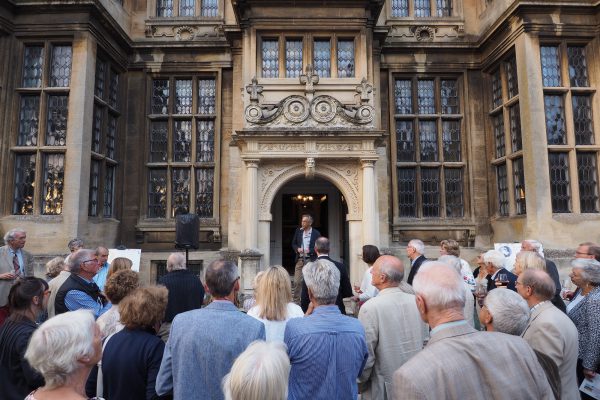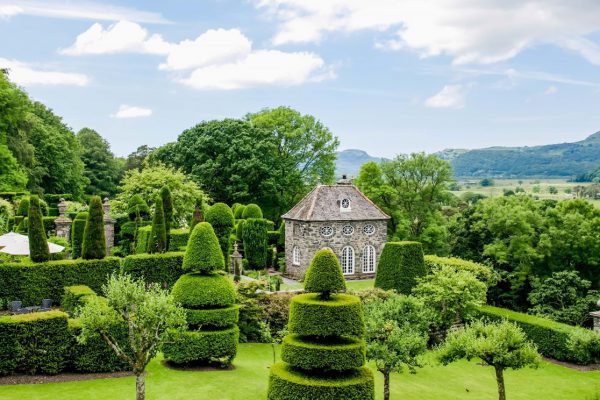Some Country Houses and Castles of North Wales
Join Nicholas Merchant as he takes us around some of the fascinating country houses and castles of North Wales
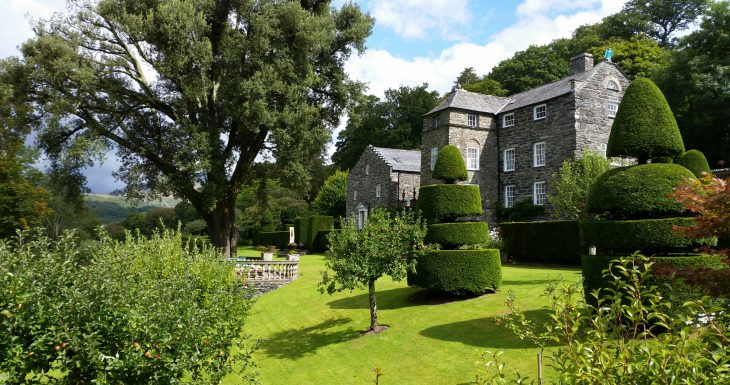
North Wales is not normally associated with the rich haul of country houses and ancient castles which proliferate in some parts of Britain.
However thanks to King Edward I and the need to defend his troublesome inheritance, this part of the world is particularly rich in these fortifications, none more so than Caernarfon, which dominates the mouth of the Menai Straits.
A fascination story attaches to Erdigg. The estate of the Yorke family since the time of Elizabeth I, this house and its dependencies had sunk into a sad and terminal decline with the family reduced to two eccentric brothers by the 1970’s. Thanks to the work of the National Trust, it was saved from the brink and now flourishes as a dramatic evocation of a vanished age.
Penrhyn, is another story. A story of 19th century prosperity and bombast, which, so the owner thought, required the building of a Neo-Norman castle. A style of architecture not readily, unsurprisingly, used in domestic architecture, but used here to suggest an ancient lineage by the nouveau riche Douglas-Pennant family who derived their immense wealth from the Bethesda slate quarries and their Jamaican estates.
Here are some of the houses we discover in this talk on the Houses and Castles of North Wales ranging in date from Edward I to Queen Victoria.
Ready? It’s time to enjoy the lecture
Let us know your thoughts about the lecture
About the houses mentioned in the lecture
Caernarfon Castle
Caernarfon Castle is recognised around the world as one of the greatest buildings of the Middle Ages.
This fortress-palace on the banks of the River Seiont is grouped with Edward I’s other castles at Conwy, Beaumaris and Harlech as a World Heritage Site. But for sheer scale and architectural drama Caernarfon stands alone.
Here Edward and his military architect Master James of St George erected a castle, town walls and a quay all at the same time. This gigantic building project eventually took 47 years and cost a staggering £25,000.
Plas Mawr
Never was a building better named. Plas Mawr, or the Great Hall, is quite simply the finest surviving Elizabethan town house anywhere in Britain.
This was a golden age when fabulously wealthy merchants invested in mansions, rich fittings and lavish entertaining. Robert Wynn, third son of a local landowner, wanted a piece of the action.
He entered the service of Tudor diplomats and travelled to the most splendid royal courts of Europe. His fortune made, he bought a mansion house in Conwy for £200 and between 1576 and 1585 turned it into a celebration of his life, times and wealth.
Gwydir Castle
Gwydir Castle is an ancient Welsh house situated in the beautiful Conwy Valley, in the foothills of Snowdonia.
Regarded as one of the finest Tudor houses in Wales, the castle was formerly the ancestral home of the powerful Wynn family.
By 1994, the house and garden and fallen into dereliction. Its restoration has taken over twenty years to complete and is still a work-in-progress by its current owners. Deeply evocative and atmospheric, it is a unique experience in country house visiting.
Gwydir was given the highest rating (4 stars) by Simon Jenkins in his book ‘Wales, Churches, Houses, Castles.’
Plas Newyydd
Set on the shores of the Menai Strait amidst breathtakingly beautiful scenery, this elegant house was redesigned by James Wyatt in the 18th century. The 1930s restyled interior is famous for its Rex Whistler association and contains his exquisite romantic mural and the largest exhibition of his works.
There’s a fine spring garden and Australasian arboretum, with an understorey of shrubs and wild flowers, an italianate-style summer terrace, and massed hydrangeas which give autumn colour.
Erddig
Sitting on a dramatic escarpment above the winding Clywedog river, Erddig tells the 250-year story of a gentry family’s relationship with its servants.
A large collection of servants’ portraits and carefully preserved rooms capture their lives in the early 20th century, while upstairs is a treasure trove of fine furniture, textiles and wallpapers. Outdoors lies a fully restored 18th-century garden, with trained fruit trees, exuberant annual herbaceous borders, avenues of pleached limes, formal hedges and a nationally important collection of ivies.
Penrhyn Castle
Owned by the Pennant family, Penrhyn is a key example of how wealth derived from slavery shaped the built environment of Wales and underpinned local working histories. A staunch anti-abolitionist, Richard Pennant’s fortune – acquired from sugar plantations in Jamaica that used enslaved labour – funded roads, railways, schools, hotels, workers’ houses, churches and farms in North Wales. The Penrhyn Slate Quarry and Port Penrhyn, established by the Pennants, dominated the Welsh slate industry for almost 150 years. Penrhyn Castle’s vast rooms, rich neo-Norman architecture and opulent furnishings are steeped in these colonial histories.
Kinmel Park
The 19th-century house at Kinmel Park sits prominently in its landscape park which was a deer park in the 17th century. There is a well-preserved late-19th-century formal garden, probably designed by William Nesfield. A walled garden, associated with the 17th-century house, Old Kinmel, acted as an extension of the pleasure garden in the 19th century.
Bodnant
Early records show that Bodnant (which in Welsh means ‘dwelling by a stream’) was home to the Lloyd family from the reign of James 1, passing by marriage to the Forbes family in the mid 1700s. In 1792 Colonel Forbes built an Italianate mansion to replace an earlier house and developed the parkland around Bodnant Hall, in English Landscape style.
On Colonel Forbes’ death in 1820 the estate passed by marriage again to William Hanmer of Bettisfield Park in Flintshire. Hanmer made his own improvements, building the present Old Mill between 1828 and 1837, and extending the garden around the mansion house.
Castle Deudraeth, Portmeirion
The construction of Castell Deudraeth was recorded in 1188 by Gerald of Wales, who wrote: “We crossed the Traeth mawr and the Traeth Bychan. These are two arms of the sea, one large and one small. Two stone castles have been built there recently. The one called Castell Deudraeth belongs to the sons of Cynan and is situated in the Eifionydd area, facing the northern Mountains.”
Castell Deudraeth was referenced again by the 17th century philologist, geologist, natural historian and keeper of the Ashmolean Museum in Oxford, Edward Lhuyd in 1700. Lhuyd recorded the name as Aber Iâ, stating ” The Castle of Aber Iâ yet stood in ruined form overlooking the south western extremity of the peninsula”.

